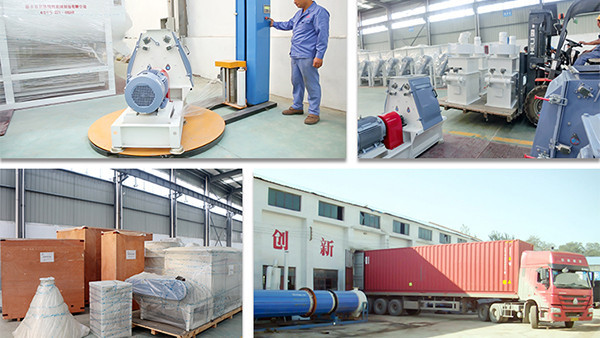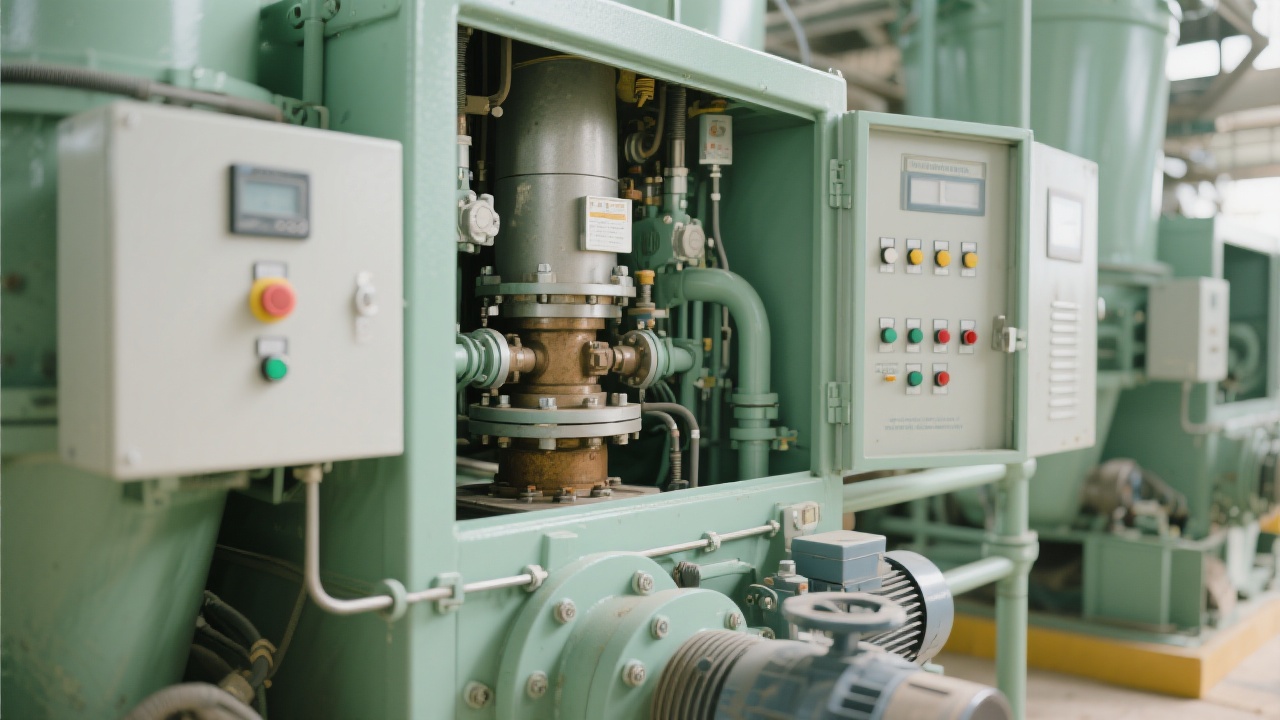
In the realm of sesame oil production, maintaining high - level hygiene is not just a regulatory requirement but a crucial factor for ensuring product safety and quality. This guide delves deep into how a fully - enclosed sesame oil production line can prevent microbial excess and cross - contamination through scientific cleaning design and strict hygiene management.
Microbial contamination and cross - contamination can lead to a series of problems in sesame oil production. For instance, microbial growth can cause the oil to spoil, change its flavor, and reduce its shelf - life. Cross - contamination can introduce foreign substances, which may not only affect the quality of the oil but also pose potential health risks to consumers. According to industry statistics, approximately 30% of food recalls in the oil industry are due to microbial or cross - contamination issues.

Equipment Material Selection: The choice of equipment materials is fundamental to preventing contamination. Stainless steel is often the preferred material for sesame oil production equipment. It is corrosion - resistant, easy to clean, and does not react with the oil. Additionally, it can withstand high - temperature cleaning processes, which are effective in killing microorganisms.
Sealed Structure Design: A well - designed sealed structure can prevent external contaminants from entering the production line. For example, using high - quality gaskets and seals can ensure that the equipment is airtight, reducing the risk of cross - contamination. Studies have shown that a properly sealed production line can reduce the risk of cross - contamination by up to 80%.
CIP Cleaning System: The Clean - in - Place (CIP) system is a revolutionary technology in the food industry. It allows for automated cleaning of the production equipment without disassembling it. The CIP system uses a combination of chemicals, water, and heat to clean the interior surfaces of the equipment thoroughly. This system can significantly improve cleaning efficiency and reduce labor costs. On average, a CIP system can save up to 50% of the cleaning time compared to traditional manual cleaning methods.

Daily Cleaning: Daily cleaning is essential to maintain the hygiene of the production line. This includes removing residual oil and debris from the equipment surfaces, cleaning the filters, and sanitizing the storage tanks. A typical daily cleaning process may take about 1 - 2 hours, depending on the scale of the production line.
Periodic Inspection: In addition to daily cleaning, periodic inspections are necessary to ensure the long - term effectiveness of the hygiene management system. Inspections should cover the integrity of the equipment, the performance of the CIP system, and the quality of the cleaning agents. A comprehensive inspection should be carried out at least once a month.
Let's take a look at some real - world examples. A small - scale sesame oil factory in Asia was facing issues with microbial contamination. After implementing a comprehensive hygiene management system, including the use of a CIP system and strict cleaning procedures, the factory was able to reduce the microbial count in its products by 90% within three months. This not only improved the quality of their products but also increased their market share.

Effective hygiene management in sesame oil production is a multi - faceted process that requires a combination of proper equipment design, strict cleaning procedures, and regular inspections. By following the guidelines in this article, small and medium - sized food processing enterprises can establish a reliable hygiene management system, ensure product safety and quality, and enhance their market competitiveness. If you're looking to upgrade your sesame oil production hygiene management system, click here to learn more about our leading - edge technology and comprehensive after - sales support.